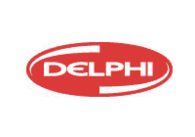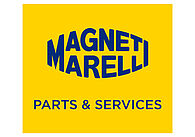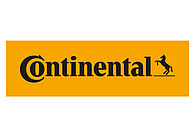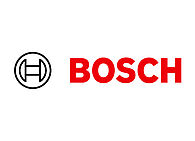Petrol direct injection

Petrol direct injection is a term used to describe a method of fuel injection for petrol and diesel engines. The process involves injecting fuel directly into the combustion chamber.
Function
In contrast to manifold injection for petrol engines, the fuel/air mixture is formed directly in the combustion chamber in engines  with petrol direct injection.
with petrol direct injection.
For this purpose, fresh air is supplied to the combustion chamber by way of the inlet valve and the fuel is injected at a high pressure of up to 200 bar. This method
- Optimises the swirl effect
- Enhances combustion chamber cooling.
It is also possible to achieve a higher compression ratio and thus improve the efficiency of the engine as a whole. This greater efficiency translates into both lower fuel consumption and better vehicle dynamics.
 With regard to the use of petrol direct injection, the current trend is towards downsizing and turbocharging. Downsizing refers to a reduction in engine size, generally in conjunction with direct injection systems based on solenoid or piezo injectors. These ensure the highest hydraulic injection accuracy currently attainable in combination with flexible valve timing. Valve timing is the opening time of the valve.
With regard to the use of petrol direct injection, the current trend is towards downsizing and turbocharging. Downsizing refers to a reduction in engine size, generally in conjunction with direct injection systems based on solenoid or piezo injectors. These ensure the highest hydraulic injection accuracy currently attainable in combination with flexible valve timing. Valve timing is the opening time of the valve.
In addition to the injectors, the technical concept includes powerful high-pressure pumps with a fuel pressure of up to 20 MPa (200 bar) and intelligent engine electrics.
Safety
Petrol direct injection in combination with downsizing or turbocharging provides an enhanced response and better vehicle dynamics. The additional torque increase of up to 50 per cent at low engine speeds significantly helps to improve the elasticity and acceleration values. Shorter overtaking distances are possible as a result, for example. This all adds up to a higher level of safety.
Protection of the environment
Modern petrol direct injection systems can cut fuel consumption and CO2 emissions by up to 15 per cent. This saving represents an important contribution to the environment, but the technology is also considered to be associated with certain disadvantages.
Although direct injection petrol engines considerably reduce CO2 emissions, they also produce more ultra-fine particles. These may constitute a health hazard, which raises the topic of particulate filters for petrol engines as well. The course of developments in this area remains to be seen, but it will be intensified by future emission standards in the context of environmental protection.
value retention
Direct fuel injection is already state-of-the-art these days. At the same time it is a prerequisite for compliance with future requirements in terms of
- Fuel consumption
- CO2 pollutant and noise emissions
- Performance.
Intensive developments with regard to downsizing concepts and future emission standards provide a promise of value retention. The focus is on the following aspects for petrol engines:
- Combustion stability
- Compliance with particle limit values
- CO2 emissions
It is forecast that by 2020 a quarter of all vehicles will be equipped with petrol direct injection, as this technology is ideal for downsizing and turbocharging for example.
Increasing legal requirements concerning fuel consumption in combination with ever more stringent emission legislation are helping to push the market and are encouraging the disproportionate growth in the number of vehicles with petrol direct injection.
Downloads
Here you can find all available downloads for the topic "Petrol direct injection":
All file downloads:






